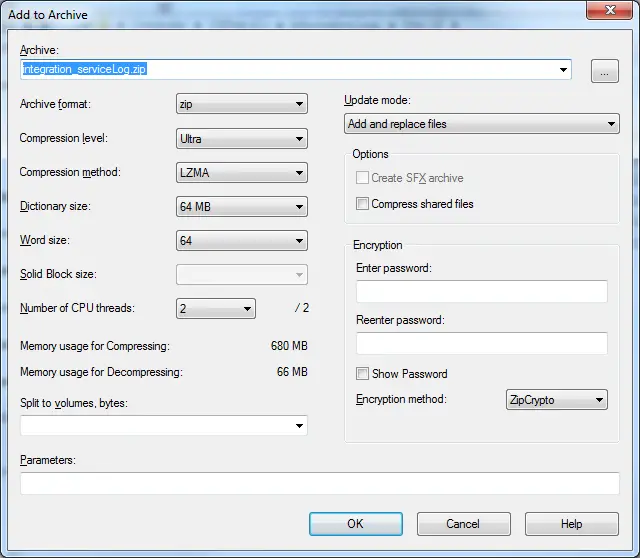

The above video explains in detail how you could choose to compress the size of the media files used in PowerPoint. This can often be done using PowerPoint itself. In order to reduce the size of a PowerPoint Presentation, the most important step that we should take is to reduce the size of the images and video used inside the presentation and not necessarily compress the presentation.

So what should I do to reduce the size of a PowerPoint presentation? But then again, if you are using mostly text in a PowerPoint file, you will most likely not need to compress your presentation with the main objective of reducing the file size. The ZIP compression does reduce the size of the PowerPoint file when mostly text is used in it. Thus, using a ZIP compression tool for such file formats doesn’t really help. Most modern formats for an image or a video such as a JPG file or an MPEG4 file already exist in a highly compressed state. The ZIP compression DOES NOT affect the size of images or the videos. However, it is not the most useful option as the most common reason for the big size of a PowerPoint file is the use of heavy images and videos. That method is to compress our presentation file using a ZIP Compression creating a ZIP file.īut does a ZIP compression reduce the size of a PowerPoint Presentation? A ZIP compression does reduce the size of a PowerPoint file. Thus, we turn to the most common method that comes naturally to us to reduce the size of the file. The worst part is that we realise this once we have completed our presentation and we need to send it to our client over an email!

This type of compression is often used for images, videos and music and is very helpful when streaming and downloading files.We all come across a point in time when we have no idea how our PowerPoint file has become this one huge file in size. In the lossy compression of a sound file for example, the data removed might be sounds that the human ear is unable to hear, making the loss of quality as small as possible.

Lossy compression often reduces file size better than lossless but, once a file has been compressed using lossy compression, the lost data cannot be retrieved. Lossy compression involves removing some of the data from a digital file in order to reduce its size. An common example of this is 'zip' files. When it finds repeating patterns in the data, it takes the pattern and stores how many times the pattern occurs. Lossless compression looks for patterns in the data. For example, if anything were removed from a text file or computer program then it would not read or run correctly.Ĭompression that doesn't lose any of the file's original quality is known as lossless compression. Sometimes we do not want to lose any of the information in a digital file. Download Transcript Download Transcript Lossless compression


 0 kommentar(er)
0 kommentar(er)
